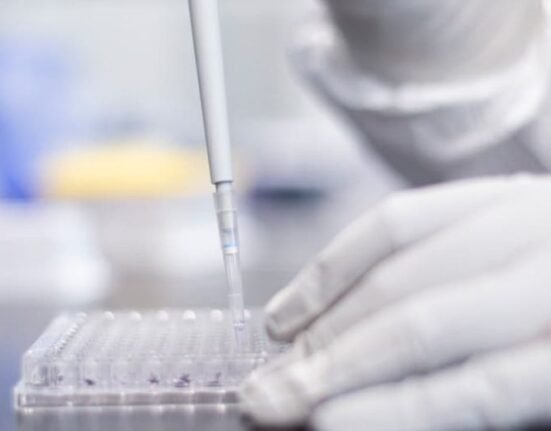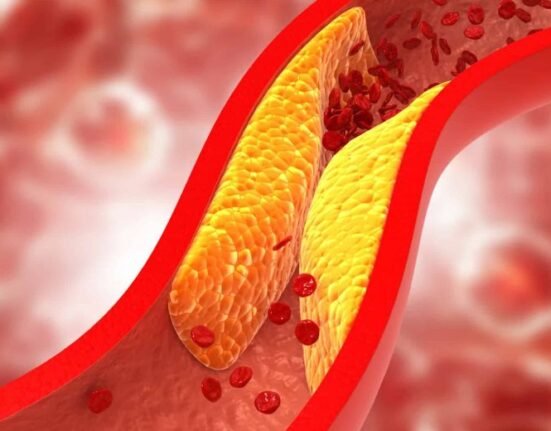HQ Team
June 5, 2023: AstraZeneca’s lung cancer drug, Tagrisso, reduced the risk of death by 51% in the early stages of the disease, according to a company statement.
During the last-stage clinical trials the drug demonstrated a “statistically significant and clinically meaningful improvement in overall survival,” AstraZeneca stated.
The drug is used to treat patients with “epidermal growth factor receptor-mutated (EGFRm)” non-small cell lung cancer.
The EGFR protein is found on the surface of some normal cells and is involved in cell growth. It may also be found at high levels in some types of cancer cells, which causes these cells to grow and divide.
Smokers
Non-small cell lung cancer can affect smokers and non-smokers. Symptoms are a cough that won’t go away, shortness of breath, weight loss, or coughing up blood. Treatments include surgery, chemotherapy and radiation.
In the overall trial population, an estimated 88% of patients treated with Tagrisso were alive at five years compared to 78% on placebo, according to the statement.
“These highly anticipated overall survival results, with 88% of patients alive at five years, are a momentous achievement in the treatment of early-stage EGFR-mutated lung cancer,” said Roy S. Herbst, the principal investigator in the trial.
“These data underscore that adjuvant treatment with osimertinib provides patients with the best chance of long-term survival.”
The trial involved 682 patients with stage IB, II, IIIA EGFRm non-small cell lung cancer following complete tumor removal and chemotherapy.
Recurrence
Patients were treated with Tagrisso 80mg once-daily oral tablets or placebo for three years or until disease recurrence to test whether the therapy could prevent cancer.
The trial was enrolled in more than 200 centers across more than 20 countries, including the US, Europe, South America, Asia, and the Middle East.
“Tagrisso cut the risk of death by more than half in the adjuvant setting, further establishing this transformative medicine as the backbone treatment for EGFR-mutated lung cancer,” Susan Galbraith, Executive Vice President, Oncology R&D, AstraZeneca, said.
“These results emphasize the importance of diagnosing patients with lung cancer early, testing for EGFR mutations, and treating all those with an EGFR mutation with Tagrisso.”
AstraZeneca is exploring the therapy to treat patients across multiple stages of EGFRm non-small cell lung cancer.
Chemotherapy combination
Tagrisso is approved as monotherapy in more than 100 countries including the US, EU, China, and Japan.
AstraZeneca is also expecting to provide details on the impact of combining Tagrisso with chemotherapy in patients with advanced EGFR-mutated lung cancer later this year.
Lung cancer is the leading cause of cancer death among both men and women, accounting for about one-fifth of all cancer deaths.
Each year, an estimated 2.2 million people are diagnosed with lung cancer globally with 80-85% of patients diagnosed with non-small cell lung cancer, the most common form of lung cancer.
The majority of all non-small cell lung cancer patients are diagnosed with advanced disease while approximately 25-30% present with resectable disease at diagnosis.
Survival rates
Stages four and five of early-stage lung cancer diagnoses are often only made when the cancer is found on imaging for an unrelated condition.
Most patients with resectable tumors eventually develop recurrence despite complete tumor resection and adjuvant chemotherapy.
About 73% of patients with stage IB and 56-65% of patients with stage II disease will survive for five years.
According to AstraZeneca, this decreases to 41% for patients with stage IIIA, reflecting a high unmet medical need.
Approximately 10-15% of non-small cell lung cancer patients in the US and Europe, and 30-40% of patients in Asia have EGFRm.








